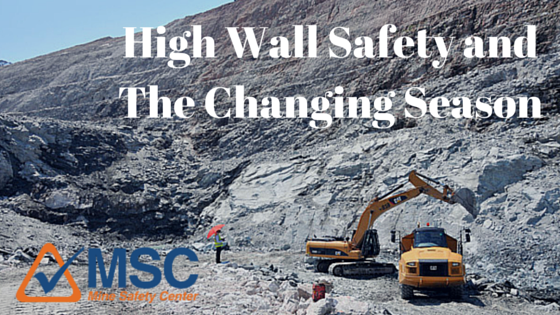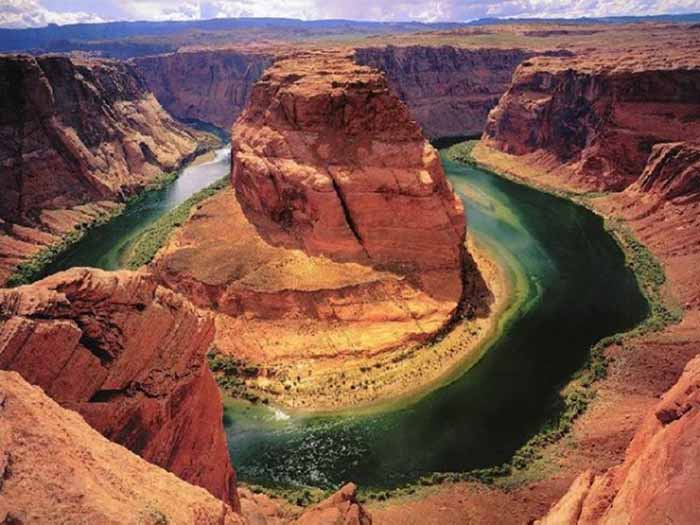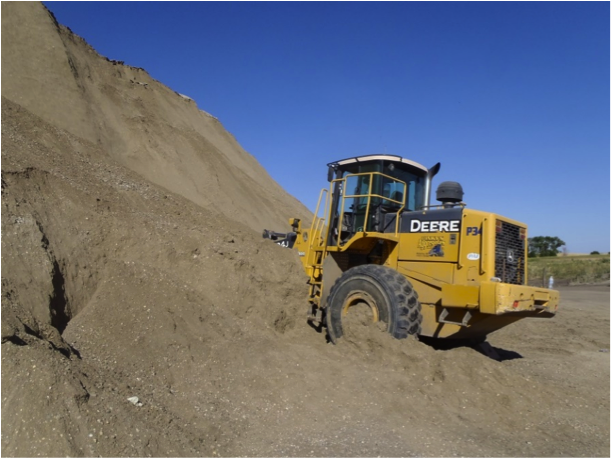High Wall Safety In Surface Mining: The Changing Seasons
Updated on March 14, 2016 by Sales Team

It may not feel like it where you are, but spring is right around the corner. Many operations are about to begin the preparations to start up operations after a long winter. But as the season changes from winter to spring, there may be a hidden danger lurking on your site. High walls become much more unstable and prone to collapse during the spring and fall. High wall safety in surface mining is an essential topic for everyone on a mine this time of year.
What is happening during the fall and spring causing the large increase in high wall and stockpile failures? There are four main causes according to mine safety expert, Kim Redding.
Added Weight
As snow melts and spring rains begin, huge amounts of moisture are added to the ground. This adds weight to the material making the gravitational pull greater and much more likely for the material to go to angle of repose in spectacular fashion.
Changing Temperatures
With spring comes rapidly changing temperatures. Moisture in the ground may go from ice to water and back to ice throughout the course of one day. As our science teachers would remind us, water expands 10% when it changes phases into ice. This expanding and contracting within the ground (and your high wall or stock piles) loosens material.
Erosion
As ice melts, the run off cuts away at materials and can very quickly take a high wall or stock pile from stable to failure. Flowing water is considered a lubricant for dirt and rock. You can see a great example of this at the Grand Canyon.

Hydraulic Pressure
When the ground is wet, gravity pulls water down to the water table. Water can cut and erode material as it travels making the ground more unstable.
If you work in an area with high concentrations of clay you need to be extra cautious. Clay may be one of the most dangerous materials we deal with in mining. Why? Clay can make a high wall stand much longer than all other materials. When a high wall with clay fails, it doesn’t come down in small slides like hard rock. Clay fails catastrophically.
How can you stay safe?
A thorough work place exam every day, at every task is an absolute necessity. Not only is a workplace exam required by law, it also gives you an opportunity to see any changing conditions of the high wall. Specifically look for cracking, sloughing and other indications that the material may fail. MSHA poster “Inspect the top and bottom of the high wall for cracking, spalling, sloughage, loose ground, and large rocks that could be hazardous.
If you do see these signs, tell your supervisor immediately. Ensure loose material is scaled prior to performing work. To safely scale using the shovel, maintain the high wall height within the reach of the bucket.
Do not work under loose material for any reason.
Pay special attention when working in the corners of box cuts.
Do not dig into the toe of a high wall.
Increase the number of benches at each high wall to catch falling material.
Use CB radios to keep equipment operators informed of high wall conditions.

MSHA Rules To Live By – High Wall Safety In Surface Mining
There are also several applicable points from the MSHA Rules To Live By initiative.
- Never place yourself between a high-wall or stockpile and machinery. If a wall fails you will have a lesser chance of survival because if a machine is blocking your escape.
- Material only needs to come to the diaphragm for a person to suffocate.
- Always run machines facing the high wall. This allows you to watch for indications that the high wall is about to fail as you are completing your duties.
- Finally, never turn your back on the high wall. You need to be able to watch the wall at all times for increases in falling material that may indicate a failure.
Taking these simple steps and a little bit of time each shift can dramatically increase high wall safety in surface mining. Always be alert when you’re anywhere near a high wall or stock pile. It could be the difference between life and death.
Want more mine safety and compliance articles? Sign up for our free updates.
